I love baking bread. I find the kneading relaxing, I love to experiment with different flours and seeds, and to see a nice and crusty bread coming out of the oven is so rewarding. Even if I rarely get to eat it myself (I just don’t eat that much bread!) I bake a lot of bread: for my husband and the volunteers that often work with us, for our guests at the bed & breakfast, to sell or barter at the local exchange market, to bring to parties and lunches,…
The only annoying thing about “regular” bread is that it takes so long to make. If I want to bake bread for breakfast, I have to wake up really early in the morning. And before I had this recipe, I couldn’t just decide I wanted bread for lunch on a whim… I needed a few hours to knead it at length, let it rise, rise again, and then finally bake… by that time, we’d have eaten something else.
It’s no wonder then that this super easy no-knead bread recipe changed my life. I first encountered a recipe for a no-knead bread on the Wee Free Farm Facebook page – but it still looked like a bit of work, needed rising, materials I didn’t have (an oven pan with a lid), and of course, there’s the issue with cups vs grams.
I started experimenting, thinking, and tweaking… and came up with the super easy no-knead bread recipe I now use almost every day. It takes me 5 minutes to prepare it at night, 5 more minutes to put it into the oven in the morning (or afternoon or whenever), and 35 minutes to bake. That’s it, really.
Without much further ado, here’s the recipe.
Ingredients:
- 500 grams / 4 cups of flour of your liking.
I usually mix up several kinds of flour; my favourite is 200g white flour, 250 full wheat flour and 50g crushed oats (I sometimes do a bit of rye or spelt flour, or just white, or mix in seeds). - About 350 ml (1 1/3 cup) of water (more or less). It can be cold to luke warm.
- 20 grams of fresh yeast – or 7 grams of dry yeast
- A tiny teaspoon of salt (adjust to your liking)
How to Prepare the Dough:
Put the flour with the salt into a big bowl, and mix the salt (and the different kinds of flour) up. I use a normal fork to mix / stir the dough.
Dilute the yeast into about half of the water. Don’t mix the yeast with the flour before you add water – not if you’re using salt, that is; the salt prohibits the yeast from working properly.
Gently pour the yeasty water into the flour while stirring. Then get the rest of the water (I usually refill the plastic cup I’m using for it) and pour a part of that in, bit by bit – until you hit the desired consistency (you don’t need to use all the water – or you can add more water if you think it’s too dry).
The consistency you’re looking for depends on your personal liking. When I make it, it still sticks to my fork, but it’s not liquid. It’s not the firm(ish) dough ball you get when you bake normal bread though. You can’t go very wrong with the amount of water; if it’s really too much, you can add more flour. And if after baking you find the bread too moist, you can add less water next time.
Put a lid on the bowl (I use a dough bowl with a lid – or sometimes I use a random plastic bowl and put a plate on it – cling foil will do as well), then put the bowl somewhere to rest. I don’t put it in the fridge, and hot summer nights don’t seem to be a problem (although I’ll try to put it somewhere cooler and definitely not in the sun) not a problem. Leave it to rest for anything between 12 and 48 hours (maybe more is possible as well… I’ve just never tried it… and in that case I would put it in the fridge).
All of this will take you about 5 minutes, once you’ve done it a few times and you’re used to it. Most of the time goes into measuring.
About 35 Minutes Before You Want Some Fresh Bread…
In the morning, if you get the lid off you’ll see the dough has risen, gotten more liquid and there’s lots of tiny holes. It might smell slightly sour as well (this doesn’t seem to translate into the taste).
Take an oven pan – I use a non-stick oven pan or even a silicon cake pan; a Dutch oven or skillet would be perfect as well. You can spread out some oil in the bottom to make sure it doesn’t stick. Pour the dough in it, get the last bits of dough out with a spoon, and spread it out in the pan. If you’ve used more than white flour, try not to flatten it too much while you’re doing that.
You can let it rise for up to an hour – I don’t.
I bake it at 200 degrees Celsius (390F) in my convection oven; it might need slightly higher temperatures (220C / 430F) in a gas oven.
Bake it for about 35 minutes, until you’ve got a golden brown crust. If you like, you can take it out of the pan for the last 5 minutes to have more of a crust on the bottom as well.
If I know or suspect I’ll be baking another bread the next day, I make a new mix while the bread is in the oven.
That Was the Long Story, This Is in Short:
- Mix the flour & salt in a big bowl
- Dilute the yeast into half to 2/3 of the water
- Pour the yeast water into the flour mix while stirring
- Refill your water cup and pour (bit by bit) while stirring until you’ve got the desired consistency
- Put a lid on the bowl and let it rise between 12-48 hours
- When you want bread, pour the dough into an oven/bread pan and spread it out
- Put it in the oven – 35 minutes on 200C (390F) in a convection oven, 220C (430F) in a normal oven. Until the crust looks golden brown
- Take the bread out of the pan for the last 5 minutes for a better crust on the bottom
That’s it – it’s even easier and quicker than it looks. It takes me 5 minutes to make at night, and 5 more minutes to get it into the oven. A lot less time than it would take me to go to the baker’s…
If you ever make this bread, could you let me know – and maybe post a picture for us all to see?

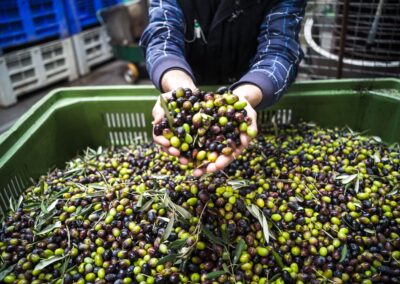
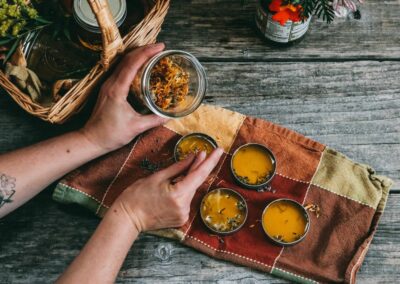
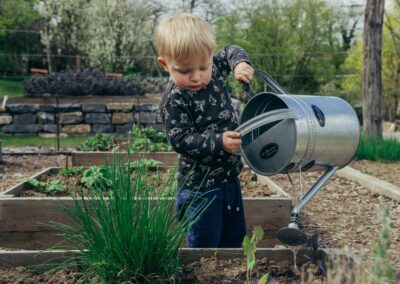
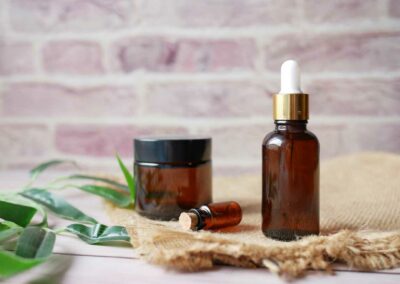


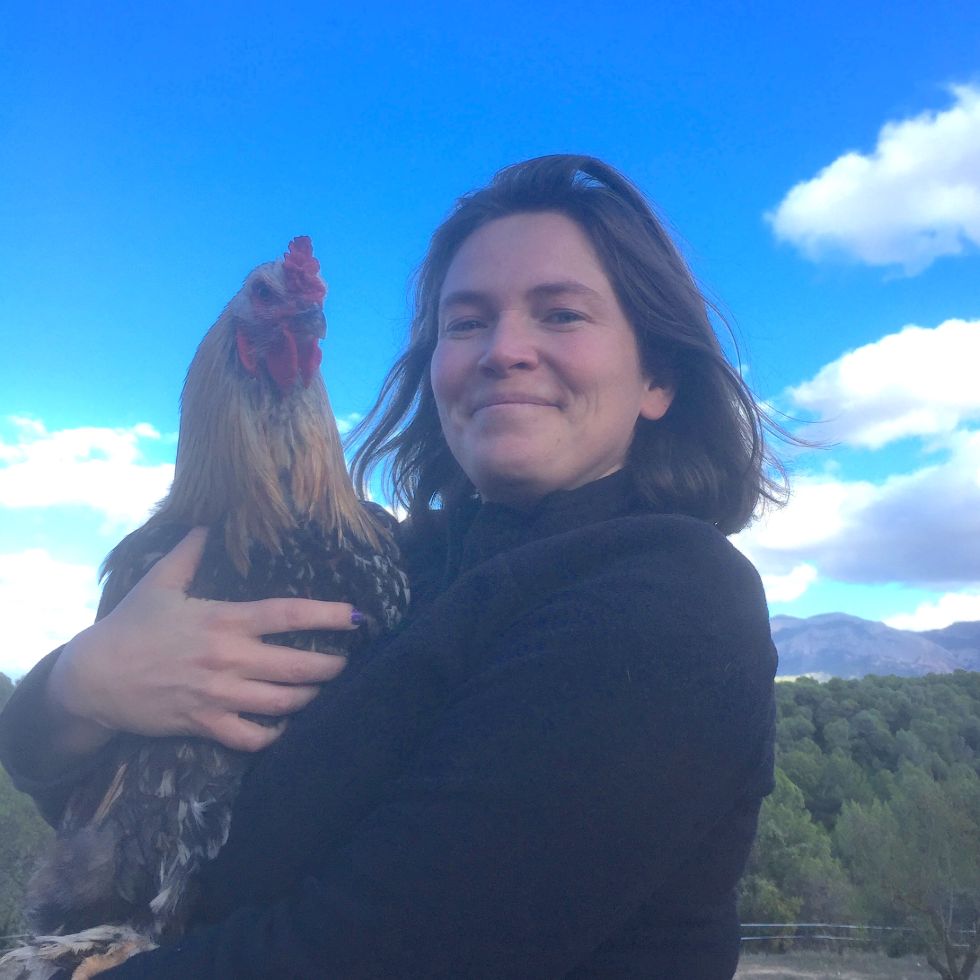
0 Comments